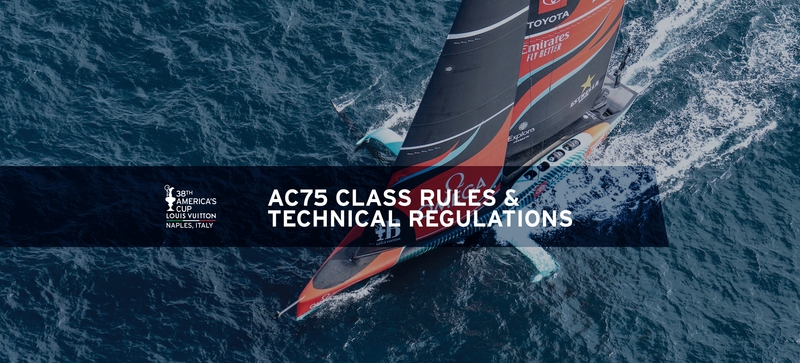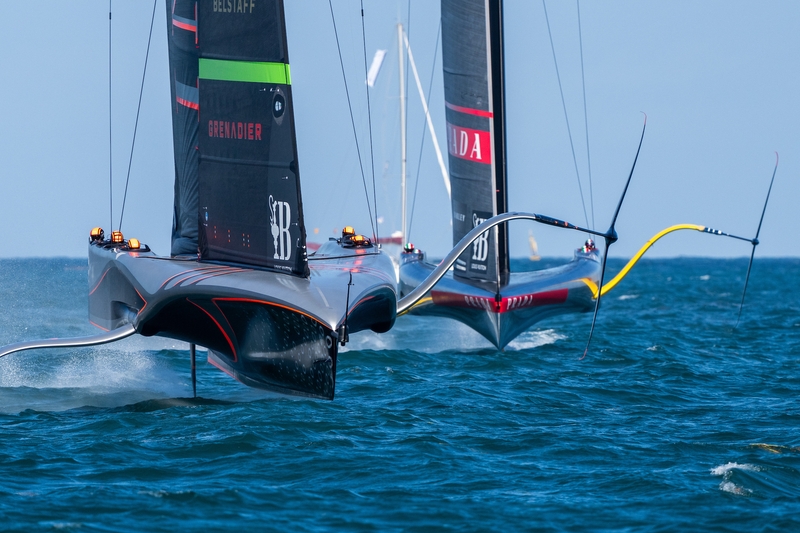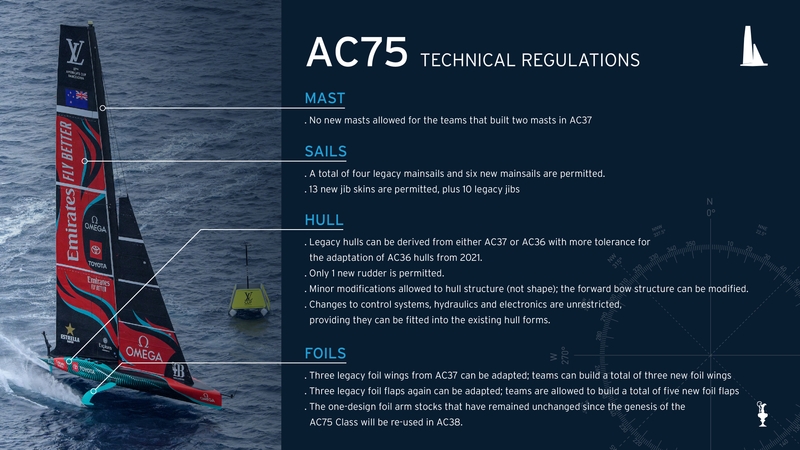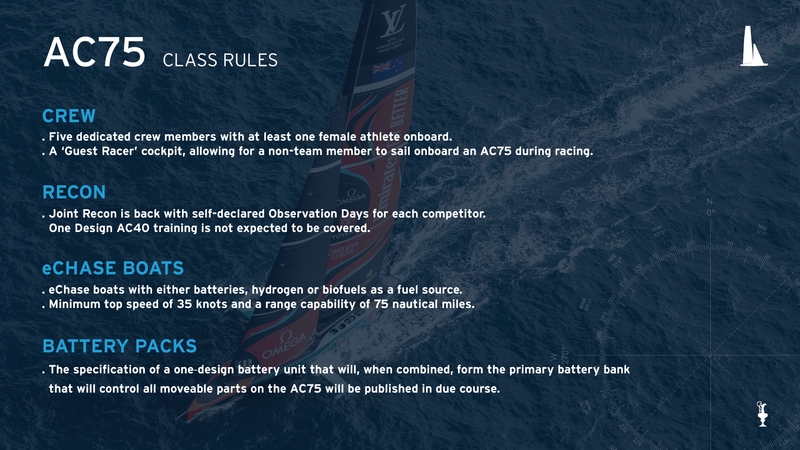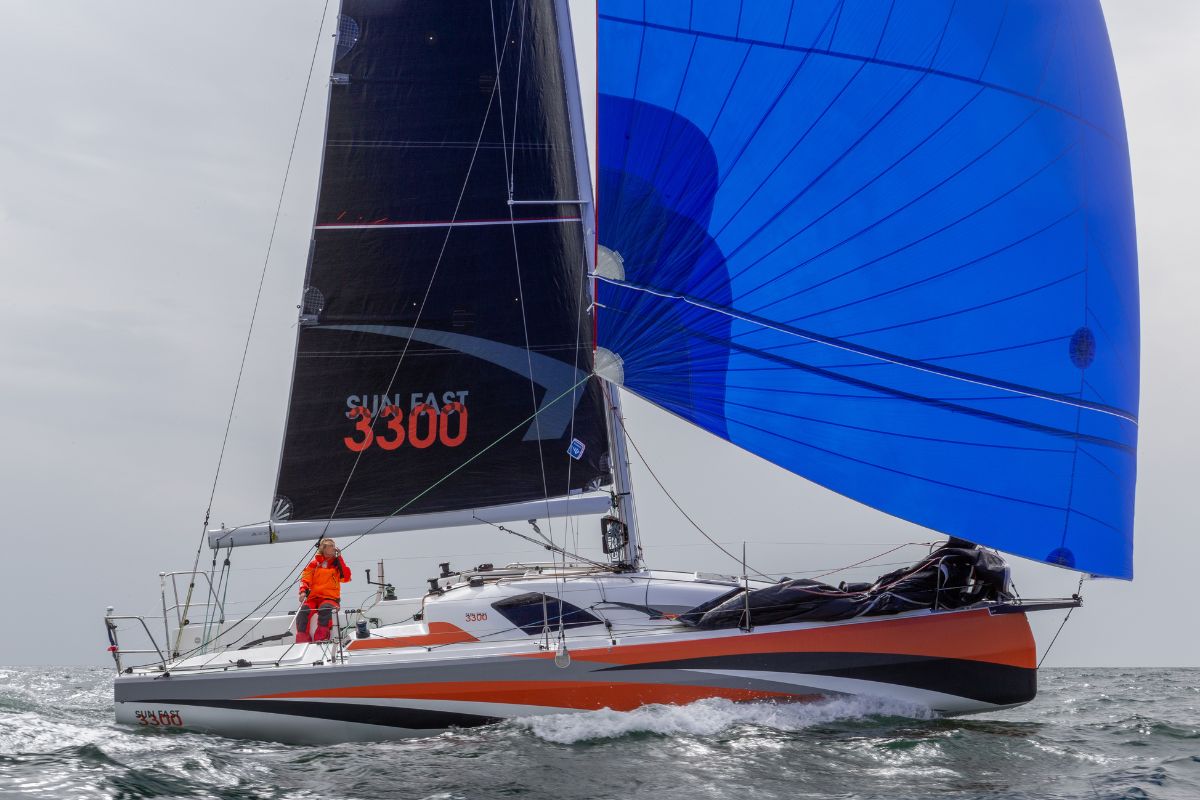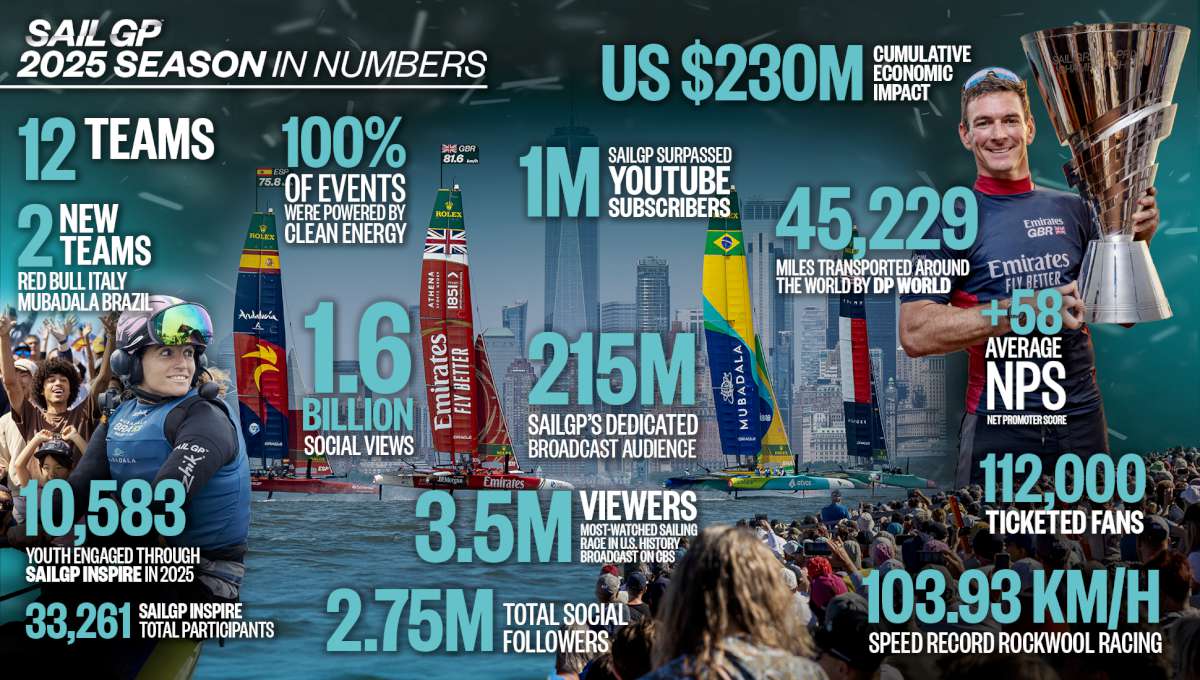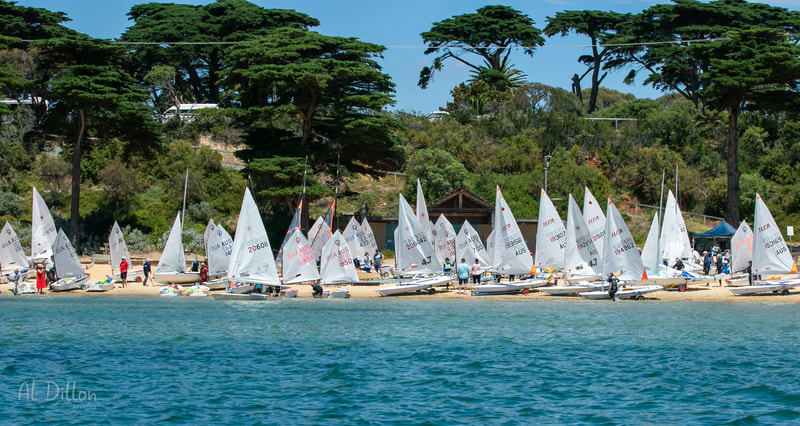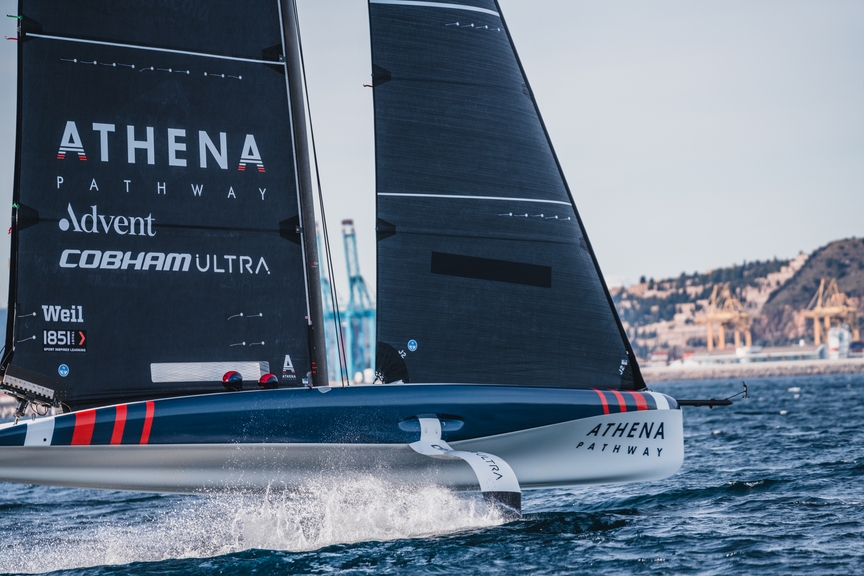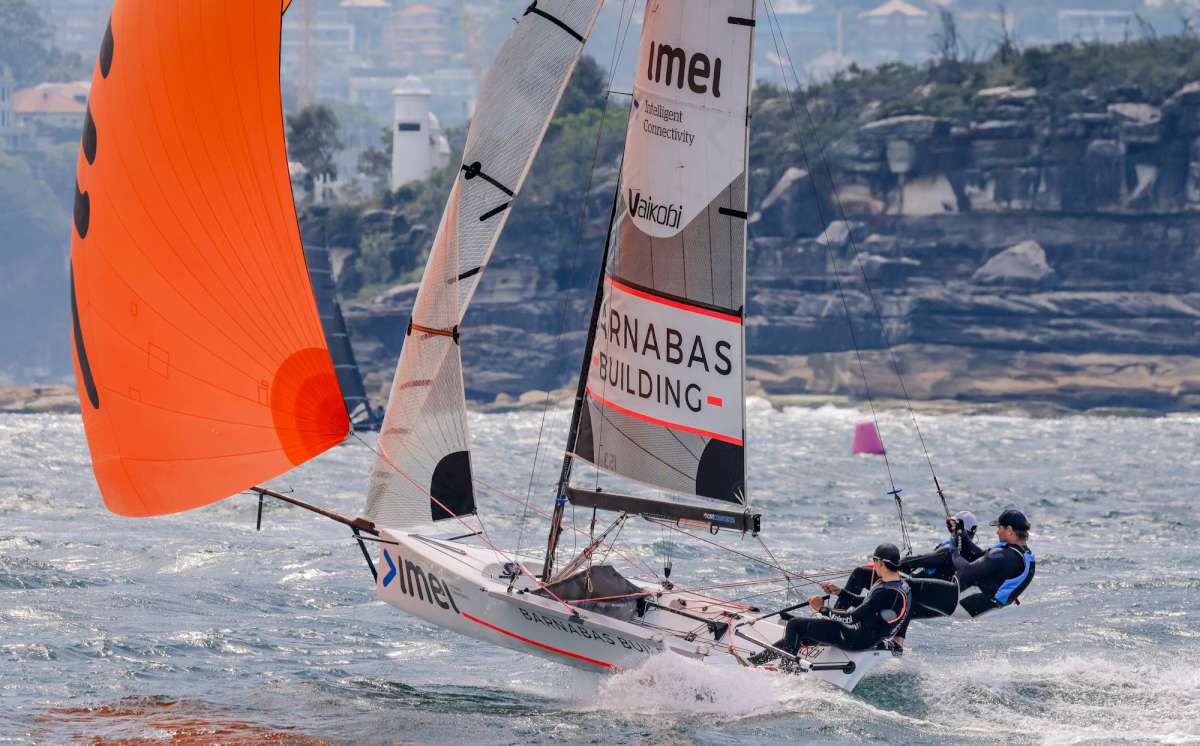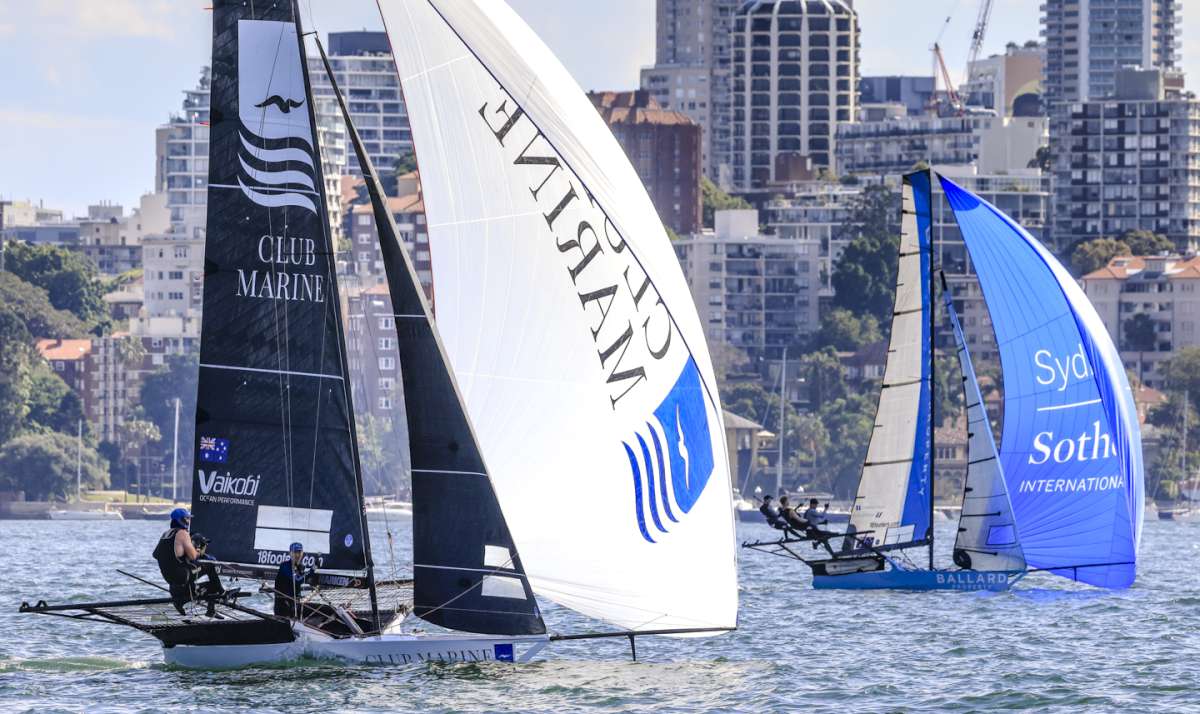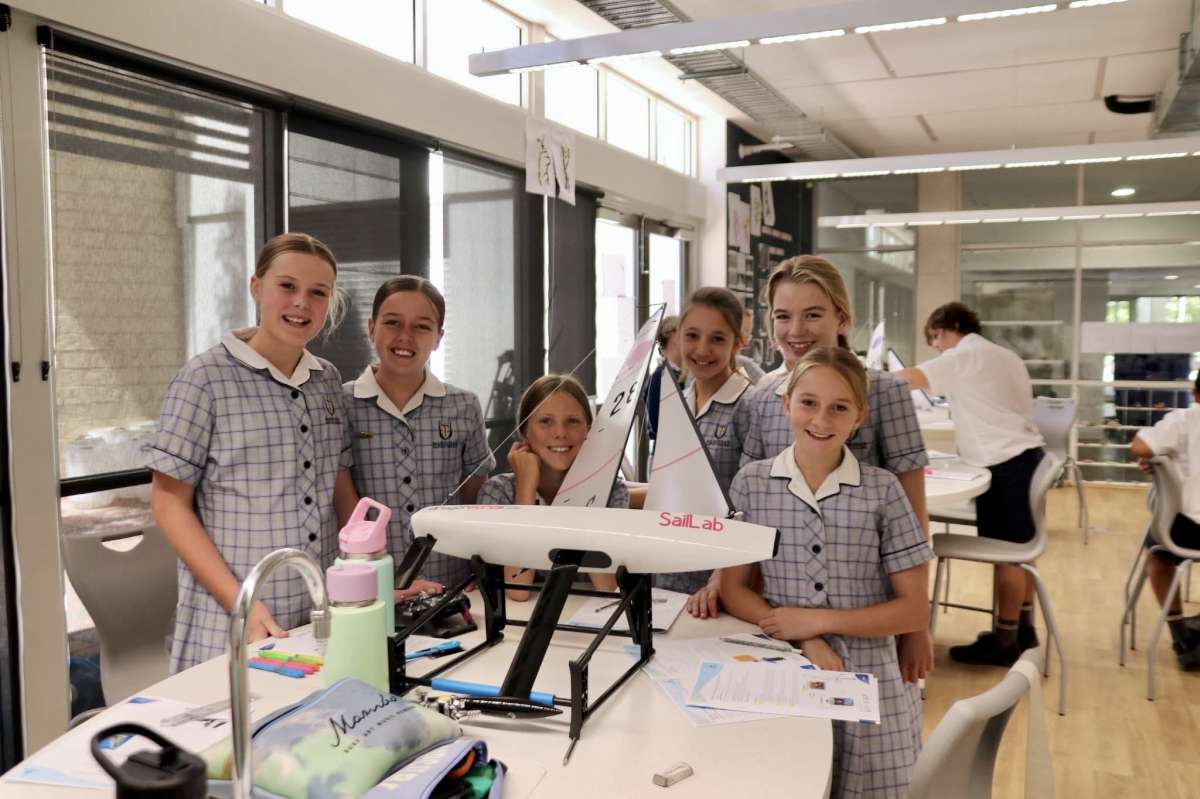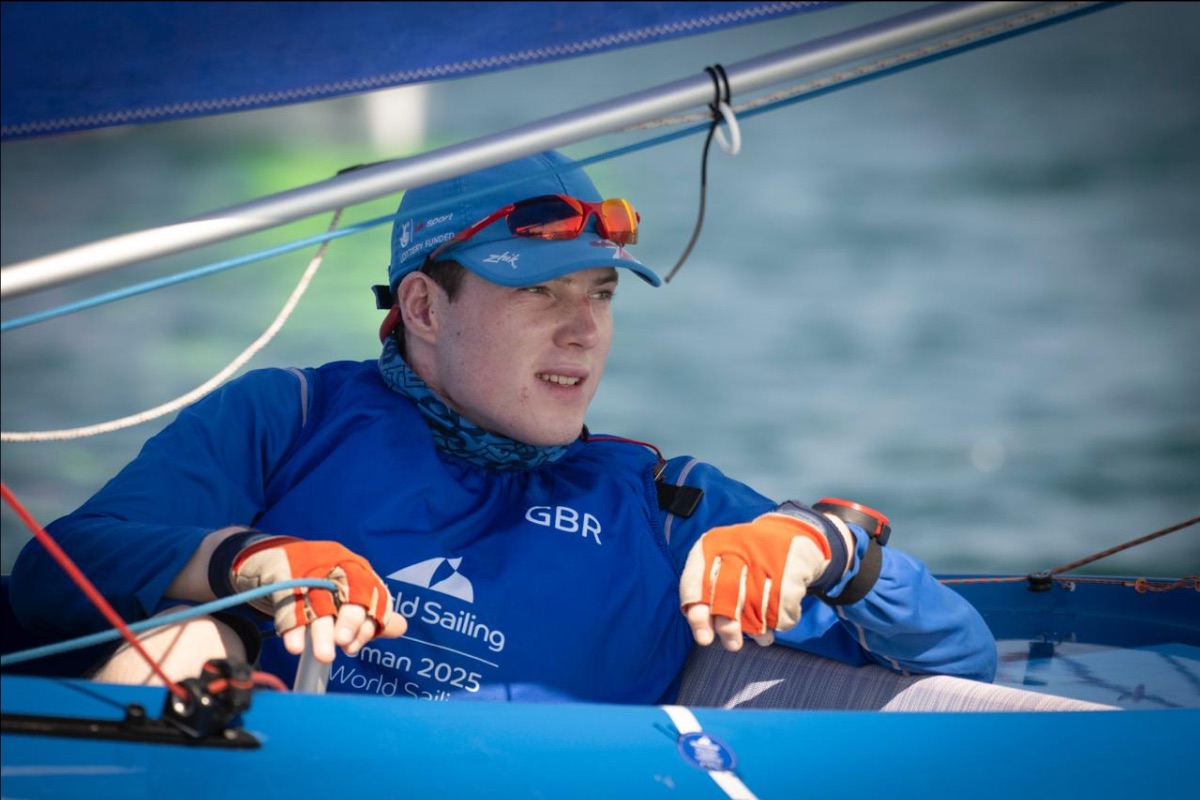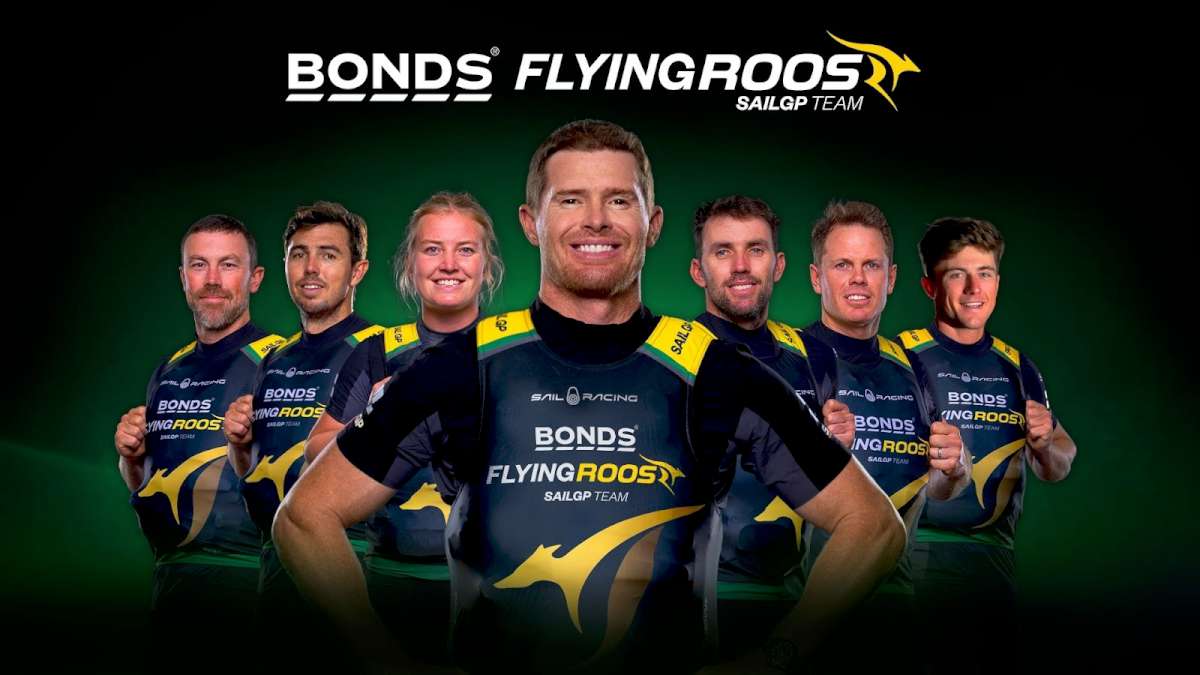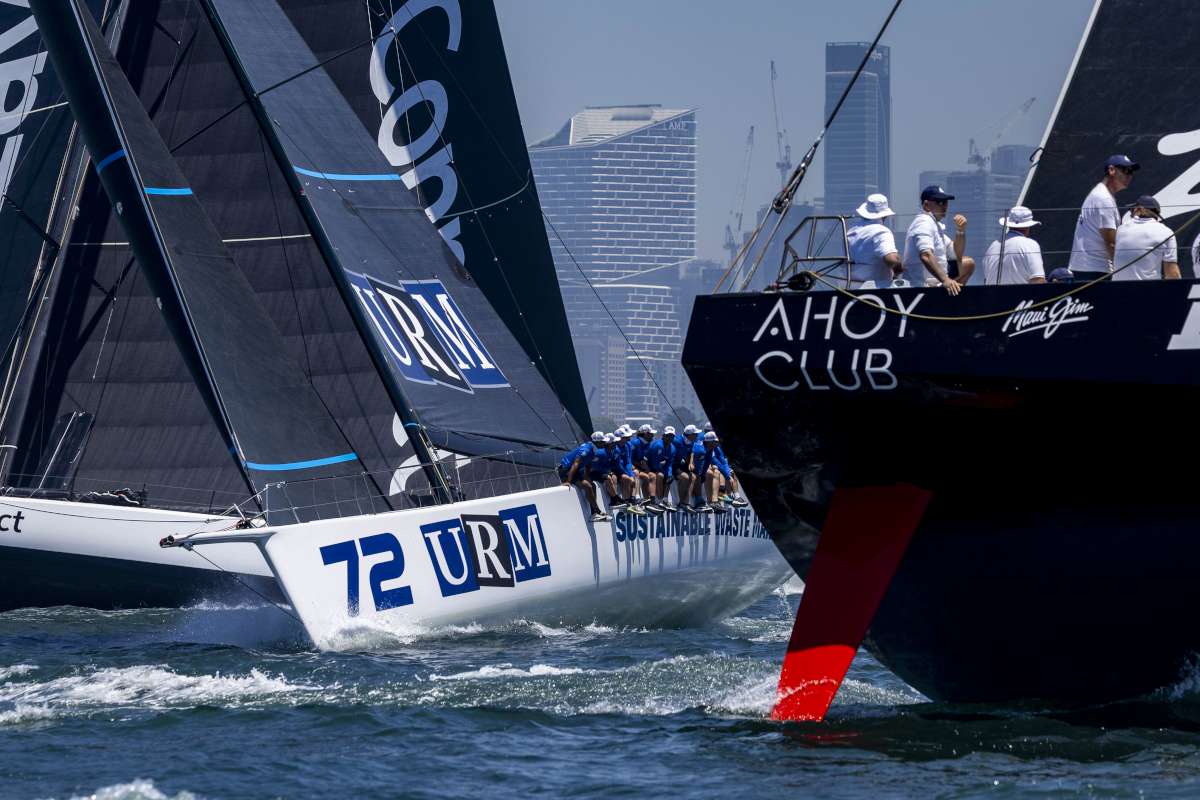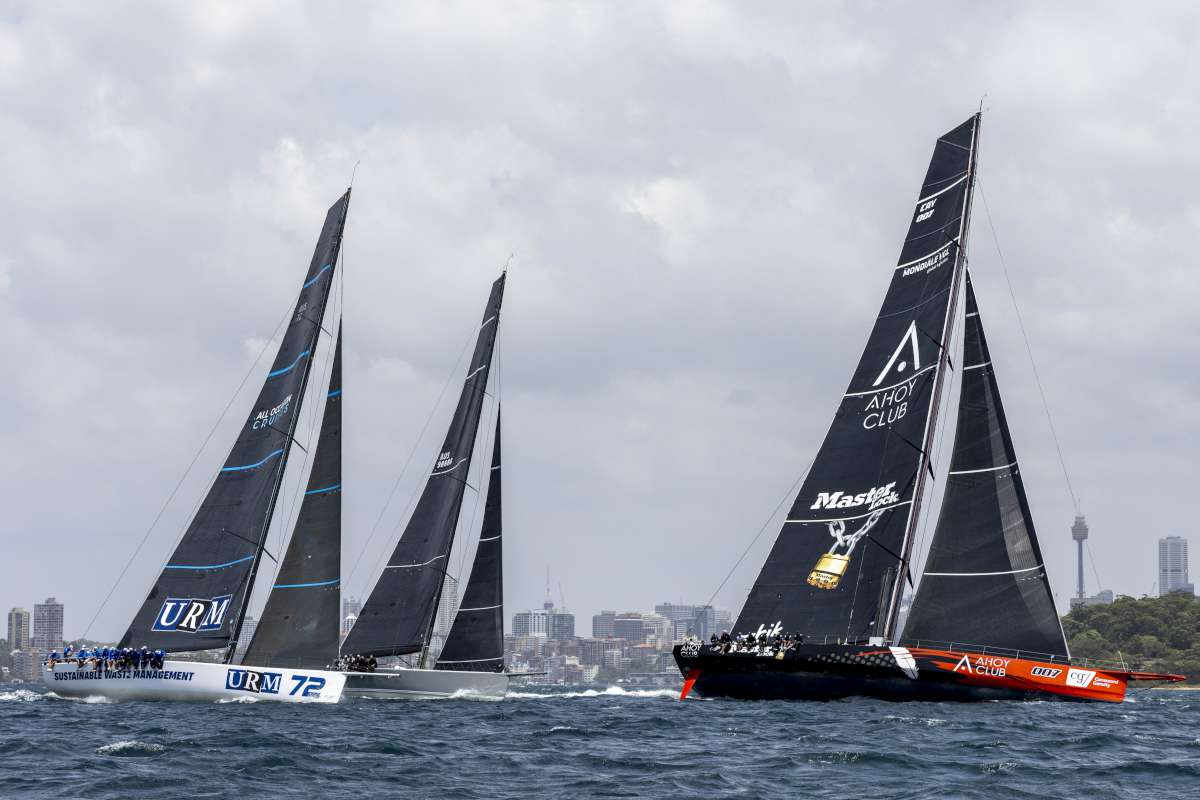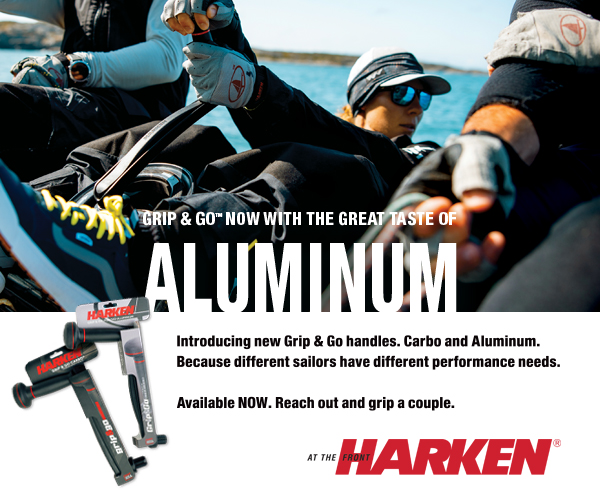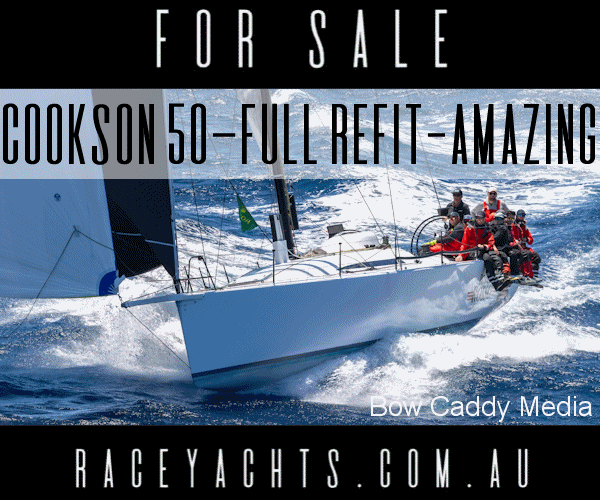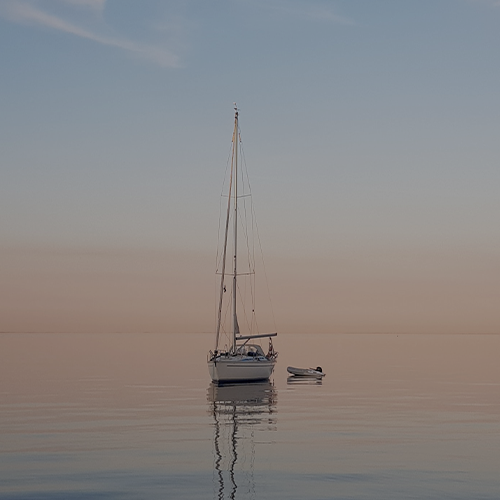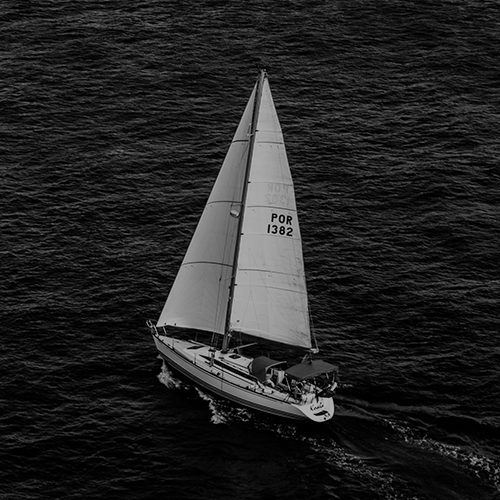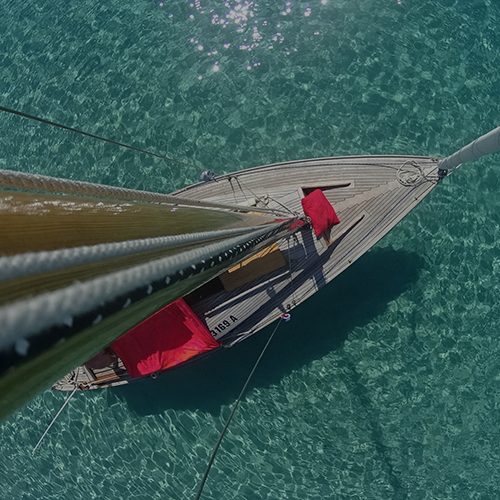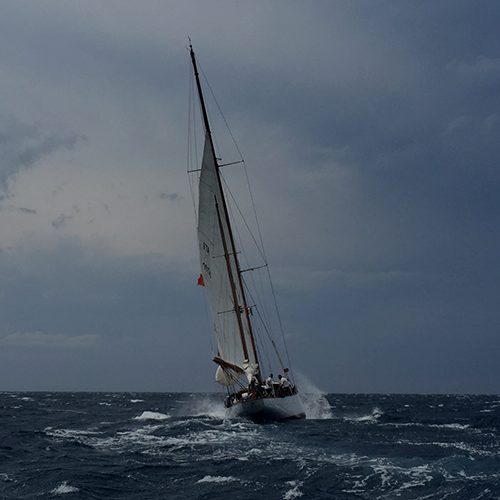The AC75 Class Rules and Technical Regulations have been released ahead of the Louis Vuitton 38th America’s Cup set to commence in Naples in 2027. The focus of these regulations is on cost containment and the reuse of existing hull designs from the previous America’s Cup.
Teams will race using hulls from the Louis Vuitton 37th America’s Cup or modified versions of the 2021 AC36 boats. A strict criterion has been established for componentry, with significant changes to the internal structure of the yachts, notably the elimination of cyclors in favour of stored energy. Analysis has shown that the hulls provide minimal performance advantages, indicating that design efforts should concentrate on foils and systems instead.
Dan Bernasconi, Chief Designer of Emirates Team New Zealand, highlighted that the speed differences in hull shapes from AC37 were minimal, prompting the decision to focus development on foils and systems. The changes are expected to lead to closer racing and a more sustainable event overall.
Teams are now preparing to adapt their AC75s and will focus training on the AC40 class, which allows for two boats, including one featuring a mix of youth and women sailors, in the preliminary regattas planned for 2026.
A significant change in the crew composition is the requirement for at least one female sailor among the five-member crew. This addition emphasizes race strategy and collaboration within teams. The introduction of a ‘Guest Racer’ position revives a program not seen since 2007, broadening participation in the America’s Cup.
Key points from the new Class Rules and Technical Regulations include:
- Each AC75 will consist of five crew members, including at least one female sailor.
- A ‘Guest Racer’ seat will allow a non-team member to sail on an AC75 during racing.
- Self-declared Observation Days will resume, while one-design AC40 training will not be covered.
- eChase boats must be powered by batteries, hydrogen, or biofuels, with specific size and speed requirements.
- A one-design battery unit specification will be published in due course.
In terms of technical regulations, legacy hulls may come from AC37 or AC36, and teams can adapt existing foil wings and flaps within defined parameters. The regulations also allow for minor modifications to the hull structure and unrestricted changes to control systems, hydraulics, and electronics.
As teams gear up for the upcoming campaign, crucial decisions regarding training, modifications to existing yachts, and crew roles will shape their strategies leading into the event. The 38th America’s Cup promises to be one of the most competitive and intriguing editions yet, with Naples as the backdrop for this prestigious regatta.
#AmericasCup #SailingNews #AC75 #WomensSailing #SailingAustralia
Interested in seeing more Racing News? Click here
Follow our America’s Cup coverage Click here
Follow our coverage of what’s happening in the foiling World Click here
